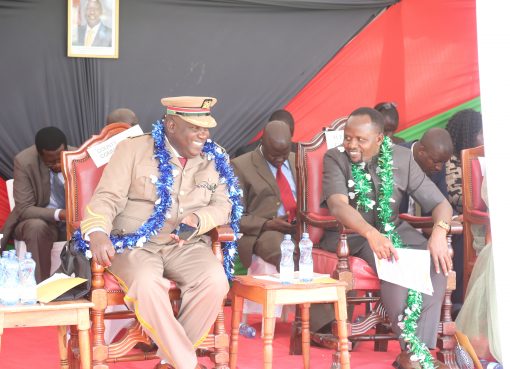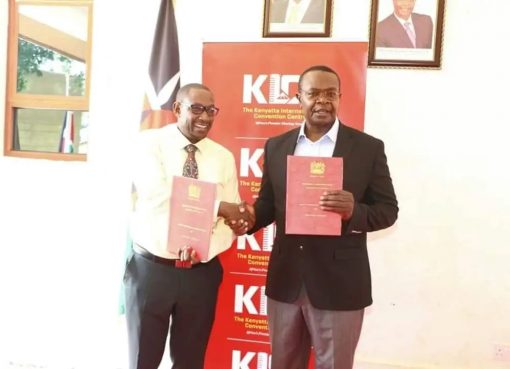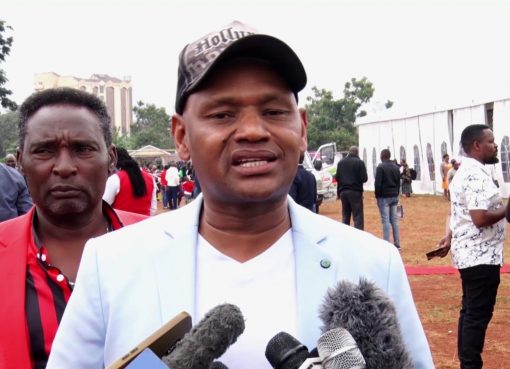The World Malaria Day 2022 usually commemorated on the 25th of April, will be marked under the theme “Harness innovation to reduce the malaria disease burden and save lives.”
The World Health Organization (WHO) is calling for investments and innovation that bring new vector control approaches, diagnostics, antimalarial medicines and other tools to speed the pace of progress against malaria.
In Kenya, Ghana and Malawi, more than 1 million children have now received one or more doses of the world’s first malaria vaccine, thanks to a pilot programme coordinated by WHO.
The vaccine, known as RTS, S which is a first generation vaccine for use in children was to be administered to children up to two (2) years of age, as part of the country’s routine childhood immunization programme.
Kenyas roll-out of the vaccine in 2019 took place in eight counties with the highest Malaria burden of up to 20 percent namely; Kakamega, Vihiga, Bungoma, Busia, Kisumu, Homa Bay, Migori and Siaya.
According to WHO, the malaria vaccine pilots, have shown that the (RTS, S) vaccine is safe and feasible to deliver, and that it substantially reduces deadly severe malaria.
If widely deployed, WHO estimates that the vaccine could save the lives of an additional 40, 000 to 80, 000 African children each year.
Dr. Tedros Adhanom Ghebreyesus, WHO Director-General, in a statement prior to World Malaria Day 2022 said that the vaccine is not just a scientific breakthrough, it’s life-changing for families across Africa as it demonstrates the power of science and innovation for health.
“Even so, there is an urgent need to develop more and better tools to save lives and drive progress towards a malaria-free world and as a malaria researcher in my early career, I dreamed of the day we would have an effective vaccine against this devastating disease,” he added
WHO says that more than Sh15.5 billion (USD 155 million), has been secured from Gavi, the Vaccine Alliance, to support the introduction, procurement and delivery of the malaria vaccine for Gavi-eligible countries in sub-Saharan Africa.
According to the 2021 World Malaria Report, global progress in reducing malaria cases and deaths has slowed or stalled in recent years, particularly in countries hardest hit by the disease.
The Report notes the need for continued innovation in the research and development of new tools if the world is to achieve the 2030 targets of the WHO malaria strategy.
WHO guidance is available to countries, as they consider whether and how to adopt RTS, S as an additional tool to reduce child illness and deaths from malaria.
WHO, notes that the demand for the vaccine is expected to outstrip supply in the near to medium term as the current vaccine production capacity stands at a maximum of 15 million doses per year, while demand is estimated to exceed 80 million doses annually.
WHO, has reported other pressing threats in the fight against malaria, such as mosquito resistance to insecticides, an invasive malaria vector that thrives in urban and rural areas.
RTS, S is the first and, to date, the only vaccine that has been shown to reduce malaria in children, including life-threatening severe malaria, related hospital admissions and the need for blood transfusions.
The vaccine is currently being piloted in areas of moderate to high malaria transmission, where malaria can account for up to 60 percent of childhood outpatient visits to health facilities.
Funding for malaria-related research and development reached just over USD 619 million in 2020. An average annual R&D investment of USD 851 million will be needed in the period 2021–2030.
By Wangari Ndirangu





